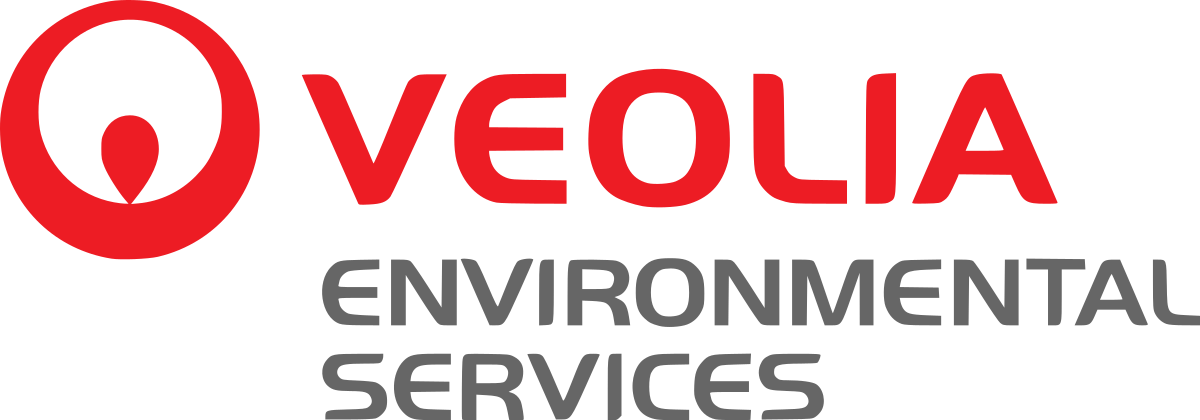The disposal of spent nuclear fuel is a global problem. One approach is to pulverize spent nuclear fuel, mix it with sand and other chemicals, and melt the mixture to form glass bricks or logs. This process is called vitrification. The glass bricks and logs can then be buried and should keep the radioactive materials away from the environment.
The Hanford Nuclear Reservation near Hanford, Washington has spent years constructing a huge vitrification facility to help dispose of the nuclear waste left over from decades of manufacture of U.S. nuclear weapons.
Veolia is a water, waste and energy management company owned by the French nuclear manufacturing company EDF. Early next year Veolia will form a joint venture called Waste2Glass to develop Veolia’s GeoMelt vitrification technology. The joint venture will be working to extend the application of GeoMelt beyond high-level radioactive waste.
Waste2Glass will be located in Limay in the Île-de-France region in north-Central France. It will be constructed near a new pilot unit that will include the GeoMelt process. It was recently commissioned by Veolia to hold demonstration and obtain the certification required for the industrial deployment of the process.
In a joint statement, EDF and Veolia said, “Due to its technical nature and cost, vitrification has until now been reserved for highly radioactive waste. Thanks to the complementary know-how of the two partners, Waste2Glass will be able to take up the challenge of the industrial deployment of the GeoMelt technology, which will make it possible to broaden and simplify the use of the vitrification process for a wider range of waste types.”
In December of 2019, EDF and Veolia created the Graphitech joint venture for the development and engineering studies that are required in preparation for decommissioning nuclear reactors that utilize graphite technology. The joint venture will develop remote-operated tools to break up complex, large scale concrete and metal structures. The venture will also make tools to extract activated graphite bricks and piles. In addition, it will also design systems and articulated arms to enable deployment of these tools.
Antoine Frérot is CEO and Chairman of Veolia. He said, “Our business and our purpose as a world leader of the ecological transformation is to offer innovative technologies and solutions for the management of complex waste such as hazardous and radioactive waste. I am delighted that we have taken this further step in our collaboration with EDF with the creation of Waste2Glass. It will enable a real change of scale through the industrialization of GeoMelt, which will make it possible to treat radioactive waste more safely and more economically, with a reduction in storage volumes.”
Jean Bernard Lévy is the CEO and Chairman of EDF. He said, “After Graphitech, the creation of Waste2Glass illustrates not only the quality of the cooperation between our two companies, but also the EDF Group's commitment to the development and industrial application of truly innovative solutions for the treatment of radioactive waste, a key issue for bringing nuclear power into the mainstream of sustainable development and helping to build a carbon-free future.”
